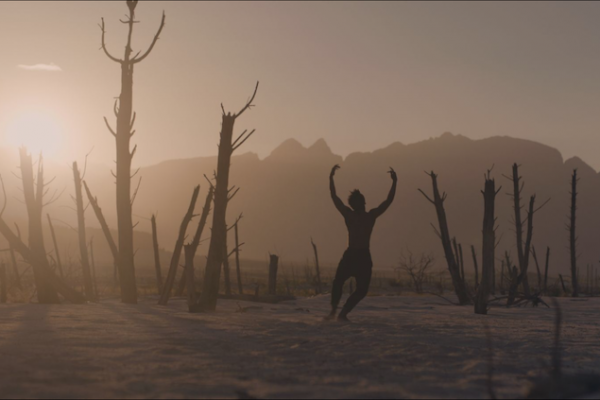The current political situation in the United States has made travel between our two countries more complicated and less certain. As the summer often brings many opportunities for artists to travel and work abroad, The Dance Current decided to revisit the basics for planning a working trip to the United States. Jeff Sullivan is a musical theatre performer originally from Newfoundland now based in New York City. Rachel Wool is an immigration attorney with D’Alessio Law Group, based in Los Angeles. They shared their different expertise on the process of applying to work in the United States.
The O-1
The most common working visa for artists is the O-1. This is a non-immigrant temporary visa intended for artists who stand out among their peers in their home country, allowing the holder to work in the United States for up to three years. When preparing an O-1 application, there are three main components, as well as associated fees, to consider.
The deal memo
Wool, who specializes in working with dancers to obtain the O-1 visa, describes the deal memo as an offer letter and an itinerary. “The government wants to know your plan of action for your stay,” says Wool. “It is, however, subject to change.
A petitioner
Support from an agent or business manager based in the United States increases the chances of success substantially. The United States Citizenship and Immigration Services (USCIS) wants to know that an applicant will be successful once permitted to work in the country. An artist does not have to be already living in the United States to make notable connections; ways of meeting people in the business can include attending workshops, classes and auditions, which do not require working permits. Sullivan suggests remaining confident even if you do not have notable connections in the United States: “Your resumé and work experience can speak for themselves.”
Evidence of talent
Proof of success in your field is essential. Sullivan describes his completed O-1 application as “a 500-page document filled with production photos, reviews, awards, playbills and you-name-it from all the work I’d ever done and that could be considered notable to the USCIS.” “Make a folder on your desktop for every project you do,” suggests Wool as a way of staying organized. “Keep all evidence from each job in these folders for easy access.” One of the most valued forms of evidence in an application is media coverage, either print or online. Along with staying organized, Wool places importance on the kinds of jobs you accept leading up to your application. “If you are offered a job to be a [dance competition] judge, take it,” she advises. “It looks really impressive on an application.”
Fees
Associated fees to consider are attorney fees, expected to be thousands of dollars, the application filing fee with the USCIS (which is $460 USD with a possible additional $1225 USD for expedited processing) and the costs of travel. Financial considerations are important, especially at the moment as the exchange rate is not in Canadians’ favour. When planning a short-term trip for paid work from an American company, the cost of acquiring the O-1 should be weighed against how much money will be made.
The O-1 application process is a daunting one and Sullivan stands by hiring an immigration attorney. “I believe the first time I put together my visa, it took four to five months. I can’t imagine doing it without an immigration lawyer.” Immigration attorneys are essential as the application process is judged on a case-by-case basis. Wool agrees but adds that the renewal process is much easier.
Tagged: Musical Theatre, On the Ground, Various, All






